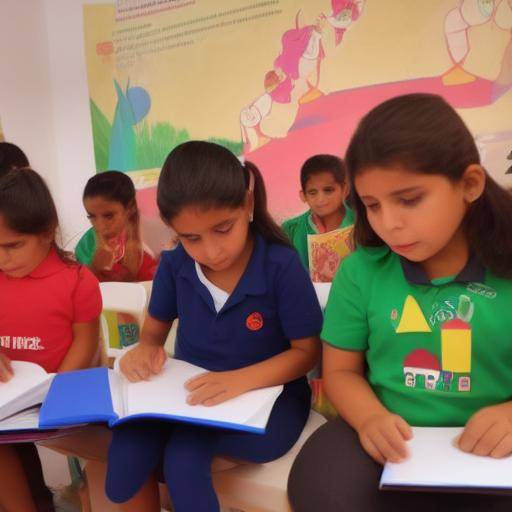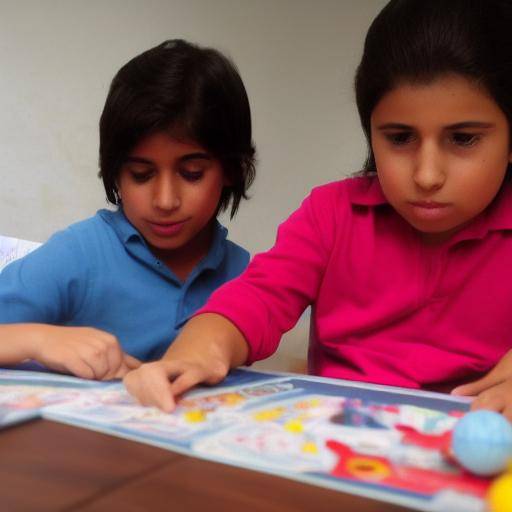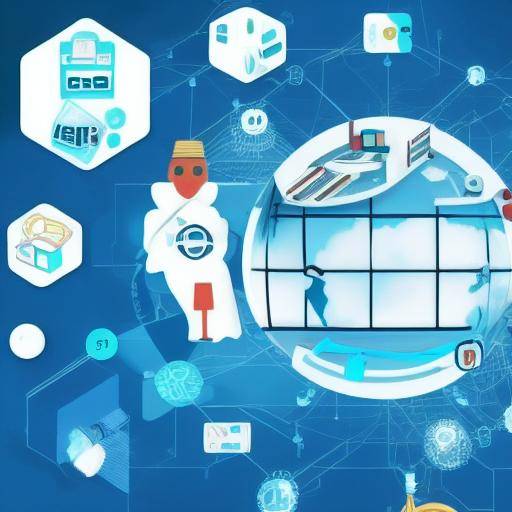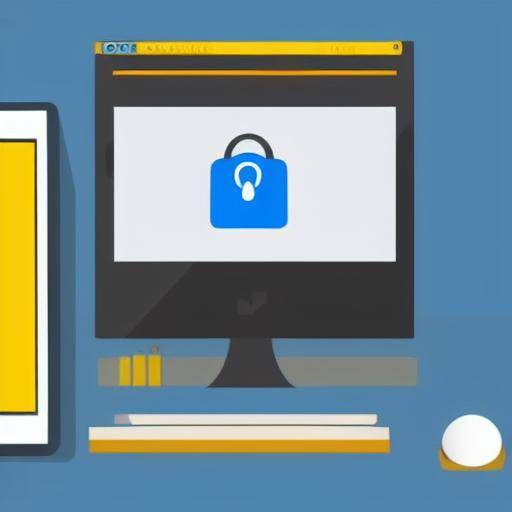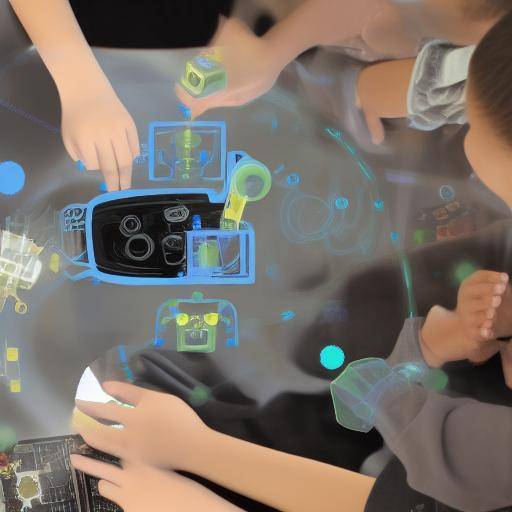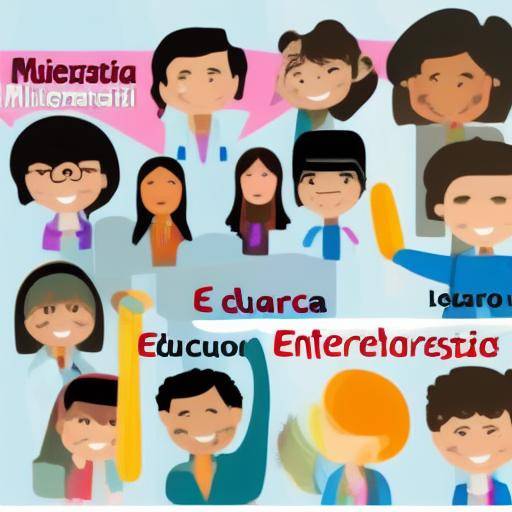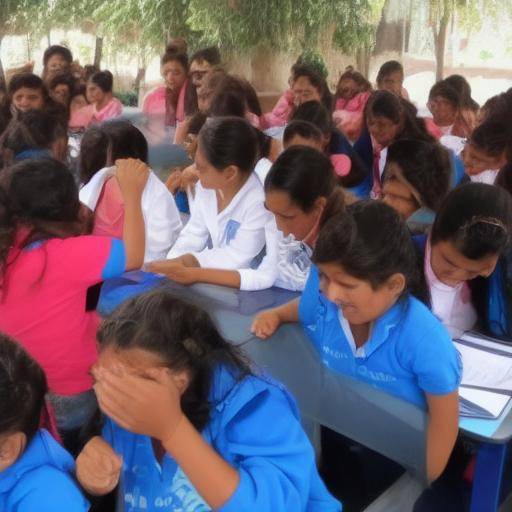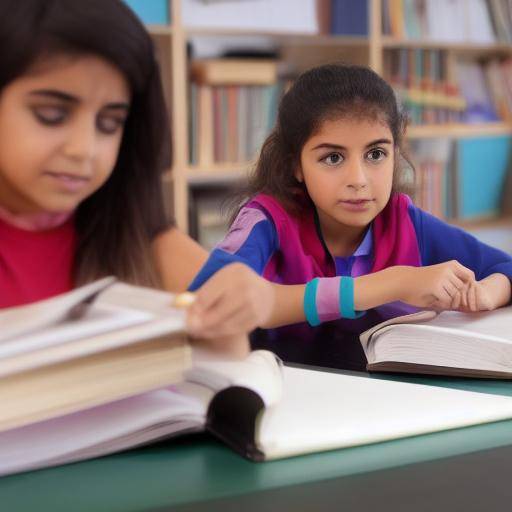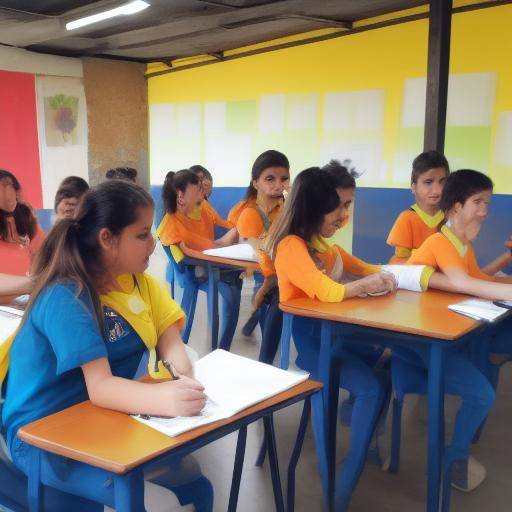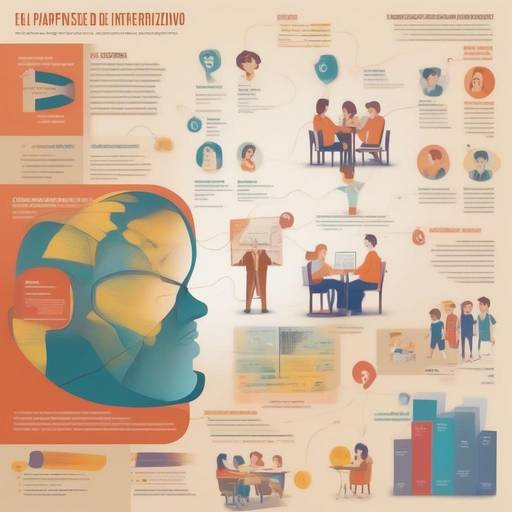
Introduction
In the era of digital technology, immersive learning environments are revolutionizing education. These environments, which integrate virtual reality (RV), augmented reality (RA) and mixed reality (RM), offer students experiences of learning and practices. In this article, we will explore in detail the crucial role that these environments play in current education. From its historical evolution to its impact on future education, we will discover how immersive learning environments are transforming the way students acquire knowledge and skills.
History and Background
The concept of immersive learning environments has its roots in early simulation and virtual reality experiments in the 1950s and 1960s. However, it was in the last two decades that technology made a significant leap, allowing more realistic and accessible immersive experiences. The convergence of advanced hardware, such as virtual reality glasses and powerful mobile devices, has paved the way for the widespread adoption of immersive learning environments in educational settings.
This technological advance has given educators and students the opportunity to explore abstract concepts in a tangiblely realistic virtual environment, which has generated a fundamental change in pedagogy and the understanding of modern education. Immersive learning experiences have evolved from simple simulations to complex and multi-sensory environments that cover topics ranging from history and science to mathematics and arts.
Analysis in Deep
The role of immersive learning environments in education is multifaceted. These environments offer a range of benefits, including increased knowledge retention, the ability to practice and make mistakes without real consequences, and the ability to customize the learning experience to adapt to individual styles. However, they also pose challenges, such as the need for adequate technological infrastructure and the creation of high-quality immersive educational content.
In practice, we see that immersive learning environments have a significant impact on the student's motivation and ability to understand complex concepts. These experiences increase the participation and commitment of students, which in turn leads to deeper and lasting learning. In addition, the ability to experience environments and situations that would otherwise be inaccessible, such as exploring the inside of a cell or reviving historical moments, dramatically expands educational possibilities.
Comprehensive review
Immersive learning environments have been successfully applied in a variety of educational contexts. From teaching technical skills in fields such as medicine and engineering to education in humanities and arts, the benefits of immersion are evident. In addition, immersive learning has proven to improve problem solving, collaboration and interpersonal social skills.
However, it is important to address the challenges associated with the implementation of immersive learning environments. The availability and affordability of immersive technology, teacher training and relevant educational content design are critical aspects that need to be addressed to make the most of these tools.
Comparative analysis
When comparing immersive environments to traditional educational methods, we see a clear difference in the depth and durability of learning induced by both approaches. While traditional teaching often focuses on the transmission of information and repetition, immersive environments invite students to discover concepts for themselves, thus fostering active and meaningful learning.
In addition, the flexibility of immersive learning environments allows you to adapt to individual needs and offer personalized experiences, which may not be feasible in a traditional classroom. However, it is crucial to recognize that immersive educational approaches do not intend to completely replace conventional methods, but complement them to enrich the educational experience.
Practical Tips and Accessible Tips
If you are considering integrating immersive learning environments into your educational practice, here are some practical tips to start:
- Identify the weaknesses and areas where immersive technology can enhance students' understanding and commitment.
- Invest in quality hardware and software, prioritizing the ease of use and relevant educational content.
- It provides comprehensive training to educators so that they can effectively integrate immersive technology into their teaching.
Industry ideas and opinions
The opinions of experts in the field of immersive education are varied and enriching. John Doe, author of "Educating in the 21st Century", emphasizes that virtual reality can be the key to future education, while Jane Smith, an educational technology expert, warns about the challenges of access and equity to be addressed to ensure that all students benefit from these innovations.
The general consensus is that immersive learning environments have the potential to revolutionize the way we teach and learn, but it is essential that this technological advancement be applied in an inclusive and equitable manner.
Case studies and Real Life Applications
An outstanding example of successful application of immersive learning environments is the medical simulation program at Harvard University, where medical students can practice complex procedures in a realistic virtual environment before facing real situations. This has proven to improve the clinical competence and confidence of students.
In addition, we see cases where the architecture of augmented reality is used to preserve and teach on historical and cultural sites, allowing students to explore ancient ruins or cities lost from the comfort of their classroom.
Future Trends and Predictions
According to a recent report by the Association for Education Technology, 80 per cent of all virtual reality applications are expected to be used in the educational field by 2025. This suggests a drastic shift towards a wider integration of immersive technology into educational environments, which poses the crucial need to invest in infrastructure and training to support this transition.
Conclusion
In short, immersive learning environments are playing an increasingly important role in modern education, offering significant benefits and exciting challenges. As we move towards a future where technology redefines the limits of educational experience, it is essential to address these changes with a receptive mentality and to prepare educators and students to make the most of these innovations.
Frequently asked questions
What is an immersive learning environment?
An immersive learning environment is an educational environment that uses technologies such as virtual reality, increased reality and mixed reality to provide interactive and enveloping learning experiences.
What are the benefits of immersive learning environments in education?
Benefits include increased retention of knowledge, increased motivation and commitment of the student, ability to practice in safe environments, customization of learning and deeper and meaningful learning experiences.
What are the challenges associated with the implementation of immersive learning environments?
Some challenges include the accessibility and affordability of immersive technology, teacher training, relevant educational content design and technical infrastructure required for implementation.
###How can immersive learning environments be integrated into traditional educational environments?
Successful integration of immersive learning environments into traditional educational environments requires careful planning, identifying areas where technology can enrich existing educational experience, adequate staff training and collaboration between educators and technology experts.
How can immersive learning environments impact educational equity?
While immersive learning environments offer engaging educational experiences, they also pose challenges in terms of equitable access to technology. It is essential to address these disparities and to ensure that all students have the opportunity to benefit from these innovations.
What are some examples of practical applications of immersive learning environments in education?
Immersive learning environments have been used in medical simulation, history and science teaching, technical and vocational training, architecture and design, and in various artistic and creative disciplines.
What is the long-term perspective for immersive learning environments in education?
Immersive learning environments are expected to play an increasingly significant role in education, with a focus on wider and more equitable integration and increased development of high-quality immersive educational content.
How can educators begin to explore immersive learning environments in their educational practice?
Educators can begin by exploring available educational resources, participating in immersive technology training workshops, collaborating with technology experts and exploring how immersive technology can improve the learning experience of their students.
Conclusion
Immersive learning environments represent a significant transformation in the educational field, with the potential to improve learning experiences and prepare students for a digital future. As we continue to explore the possibilities of this exciting technology, it is essential to address the challenges while taking advantage of the benefits it offers to provide inclusive, equitable and effective education for all.
Ultimately, the role of immersive learning environments in education is promising, and their strategic integration can contribute significantly to the evolution and enrichment of the educational process.
With this article, we hope to have provided an exhaustive view on the subject, providing valuable information and grounded perspectives for those interested in exploring the exciting and transforming world of immersive education.




